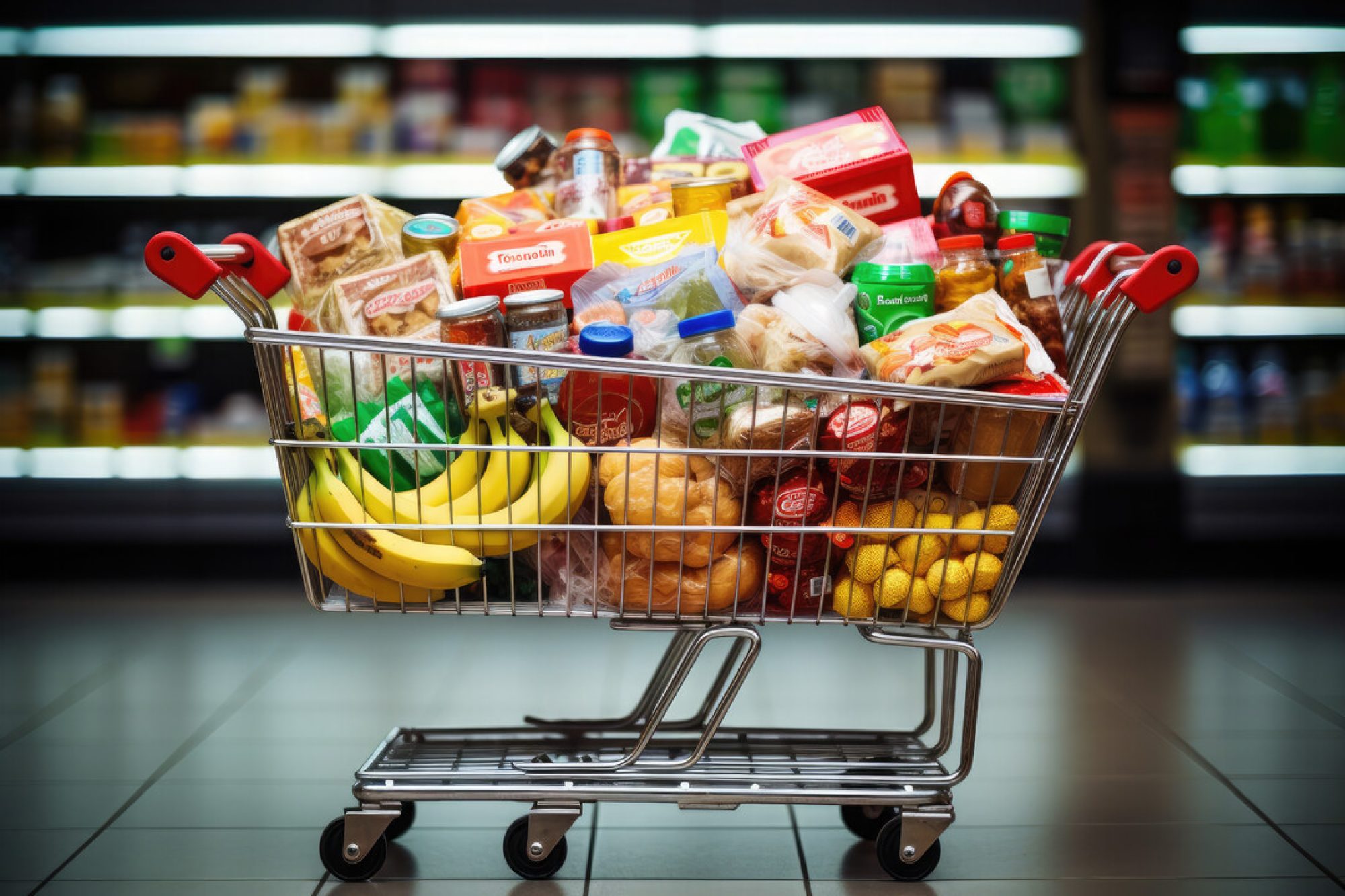Work Accomplished:
This week, I was working on the connection between the rasberry pi and the mobile app. Unfortunately, I ran into some networking issues with the rasberry pi. I was unable to connect it to to my desktop due to networking issues. I set up the server on the rasberry pi, but need to have the mobile app connect to the rasberry pi server to obtain the upc info. I also put in the 3D printing request to tech spark for the overall case.
Progress Status:
I expected the last connection between mobile app and rasberry pi to be finished last week, but unfortunately ran into issues. This is the last connection, however, and should be completed in the beginning of this week.
Next Week’s Goal:
- Retrieve 3D printed case
- Finish last system connection
- integration testing

